At the end of 2021 we performed a large-scale survey to figure out personal trainer salaries.
Here, we'll explore what impact COVID-19 continues to have and what it means for the personal trainer salary market.
Who took our survey?
Of 837 total survey respondents:
- 41% owned their own hybrid or online business, 15% owned an in-person gym, 12% worked at a gym and trained clients on the side, and 12% worked in another industry and also trained clients on the side. Others worked for independent and commercial gyms, online coaching companies, and healthcare facilities. 4% of respondents were furloughed or laid off from their personal training position.
- 39% specialized in fitness, 22% specialized in strength and conditioning, 17% specialized in health and wellness, and 6% specialized in movement and physical therapy. Others specialized in nutrition, life coaching, and habit change coaching.
- 25% of respondents had at least 15 years of experience in the personal training industry, 22% had seven to nine years of experience, 20% had 10 to 14 years of experience, 19% had four to six years of experience, 11% had one to three years of experience, and just 3% had less than a year of experience.
The average personal trainer salary has remained steady
In 2020, the average pretax income for personal trainers was $46,132. (All salary figures are in U.S. dollars.) This is fairly consistent with the average income shown in our surveys over the past two years, with personal trainers reporting an average salary of $47,700 in 2018 and $46,000 in 2019.
Our survey's findings are in line with other sources—ZipRecruiter says the average is $48,853, while the U.S. Bureau of Labor Statistics says the average for fitness trainers and instructors is $41,950.
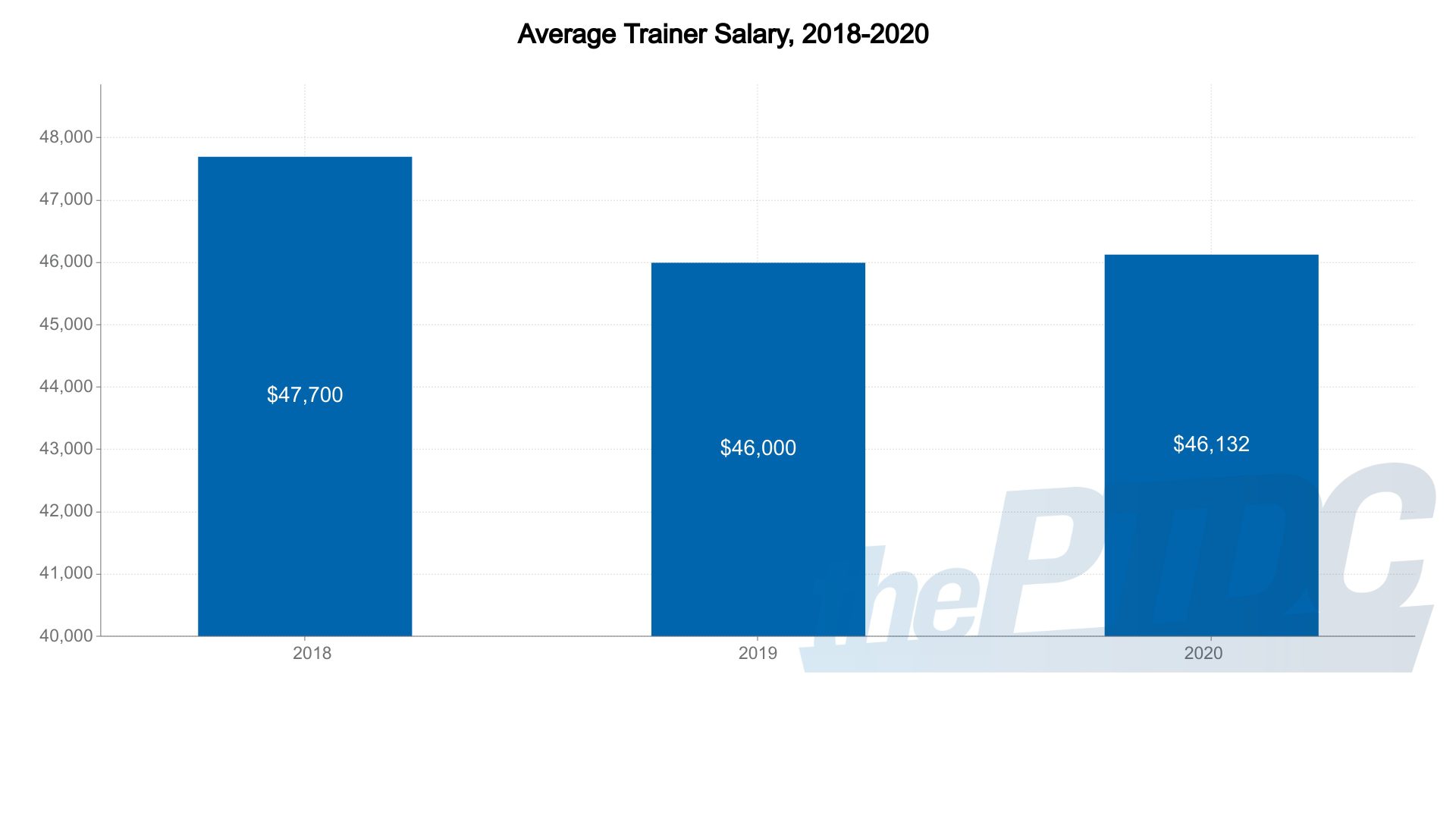
Online personal trainers are earning more
Our survey shows that online personal trainers and nutrition coaches are earning more than trainers and coaches who do not offer online services. Training is changing, and personal trainers are adapting to their clients' new needs.
On average, personal trainers and nutrition coaches who train their clients virtually earn $52,518 per year, compared with an average salary of just $34,585 for personal trainers and nutrition coaches who offer traditional, in-person services only. Some 86% of trainers and nutrition coaches who earn six-figure incomes train their clients online.
Training clients online is a scalable model that allows personal trainers to reach more people in less time. Online trainers with over 100 clients earned more money (an average of $127,613 per year) than online trainers with fewer clients.
Average personal trainer salary by specialty
In the personal training world, different specialties bring different salaries:
- Nutrition coaches earn more than other specialties, with an average income of $76,579 per year.
- Physical therapists earn an average income of $61,703 per year.
- Personal trainers who specialize in health and wellness earn an average of $56,000 annually.
- Strength coaches earn an average of $45,692 per year.
- Personal trainers who specialize in general fitness earn an average of $43,090 annually.
- Fitness professionals who run a hybrid personal training and life coaching business bring in an average of $39,223 per year.
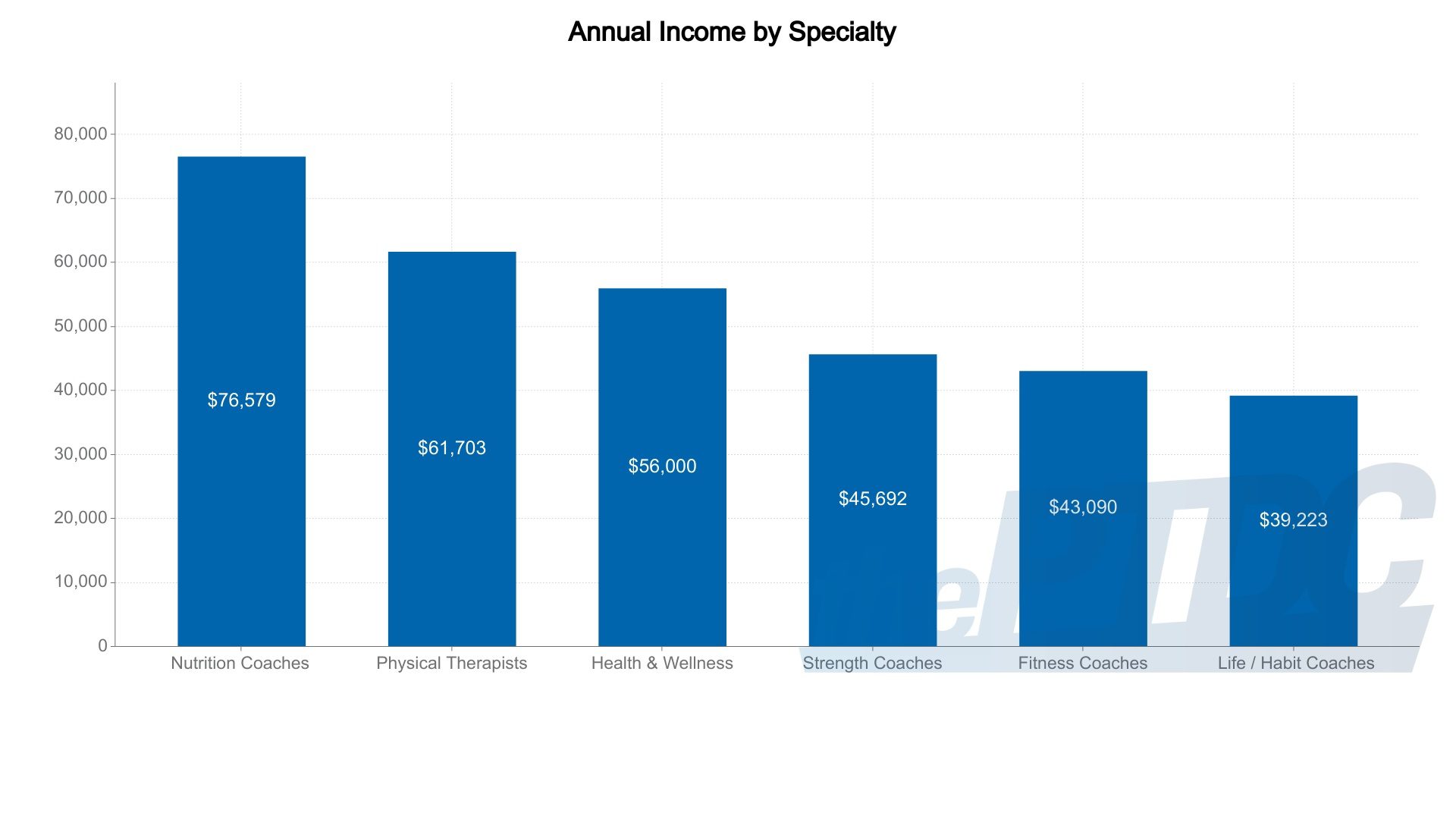
Average personal trainer salary by education level and experience
Our survey showed that personal trainers who had the greatest number of certifications slightly outearned those with fewer certifications.
Experience had a larger impact on personal trainer salary—trainers who had at least seven years of experience outearned those with less experience.
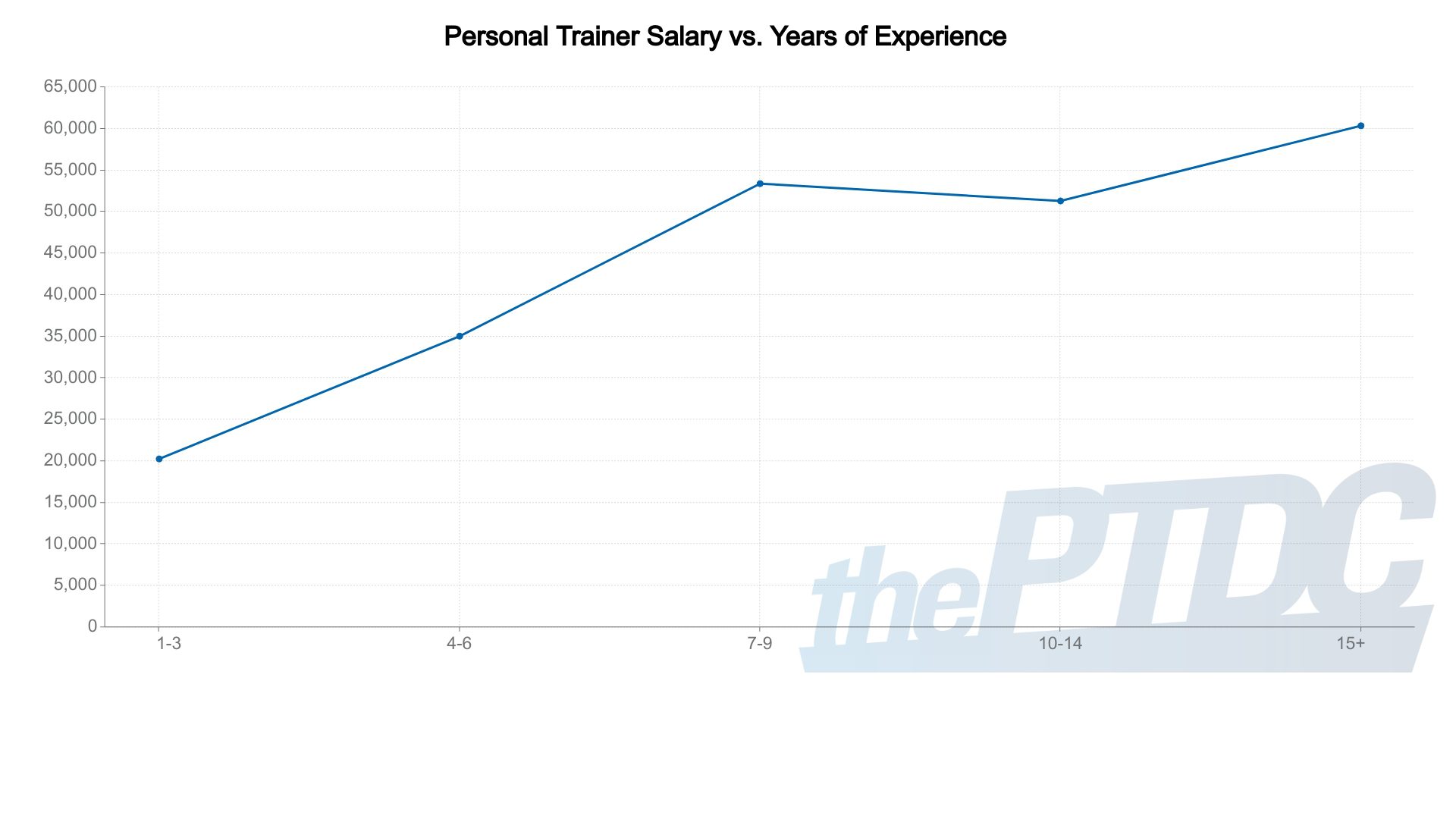
Trainers certified by the National Strength and Conditioning Association (NSCA) had the highest average personal trainer salary at $65,035. Trainers certified by the Online Trainer Academy had the fourth-highest average salary at $52,139.
It's important to remember that correlation does not necessarily equal causation—with a pass rate of just 63%, the NSCA exam may simply attract personal trainers who are more dedicated to their craft than other trainers.
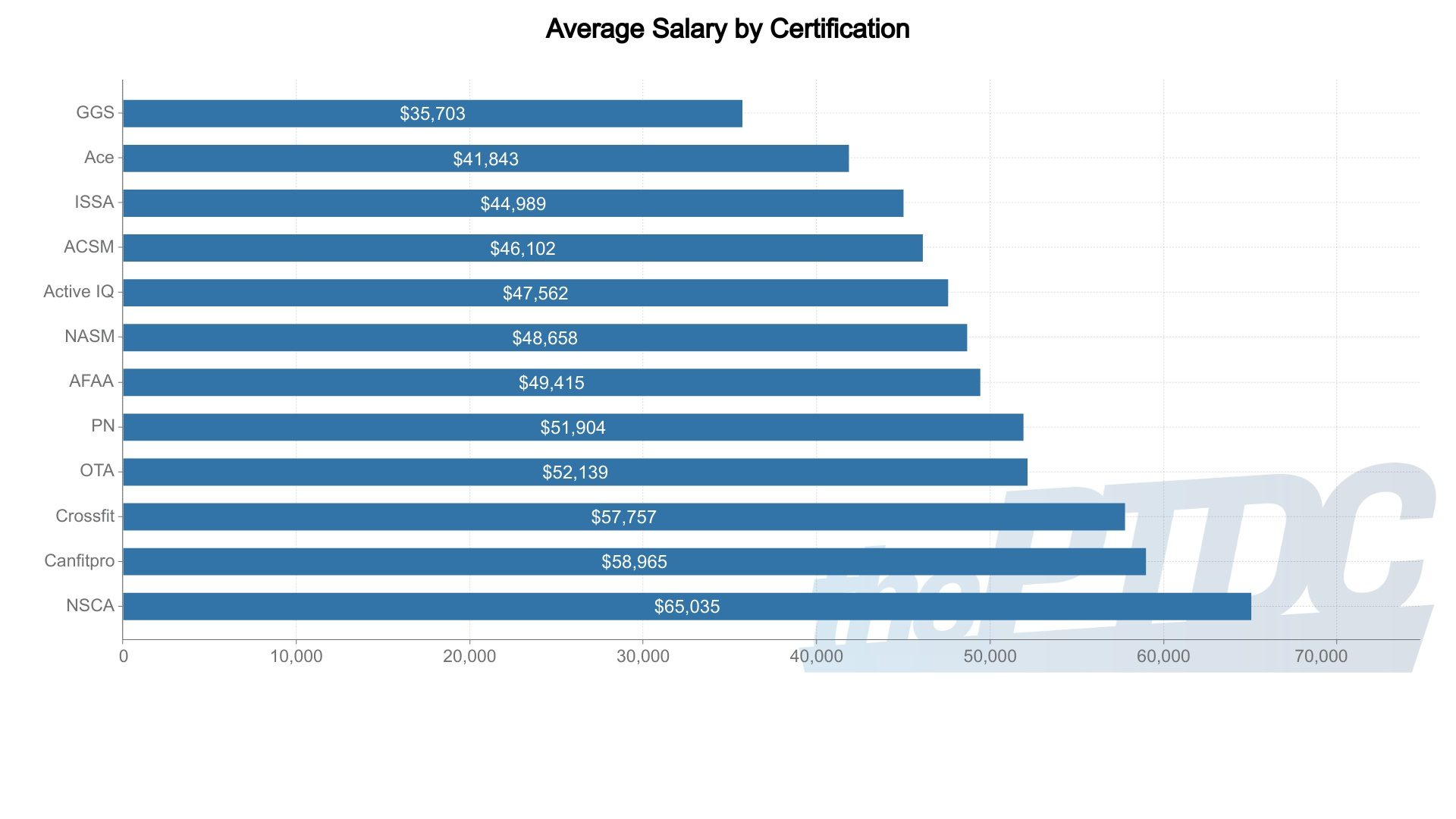
Education and personal trainer income were correlated. With $0 salaries excluded, personal trainers with a doctorate earned the most, with an average annual salary of $74,945. When $0 salaries were included, however, personal trainers with master's degrees earned the most, with an average salary of $51,935, trailed closely by personal trainers with bachelor's degrees, at $51,312. Personal trainers who had less than a high school diploma earned less than all other groups.
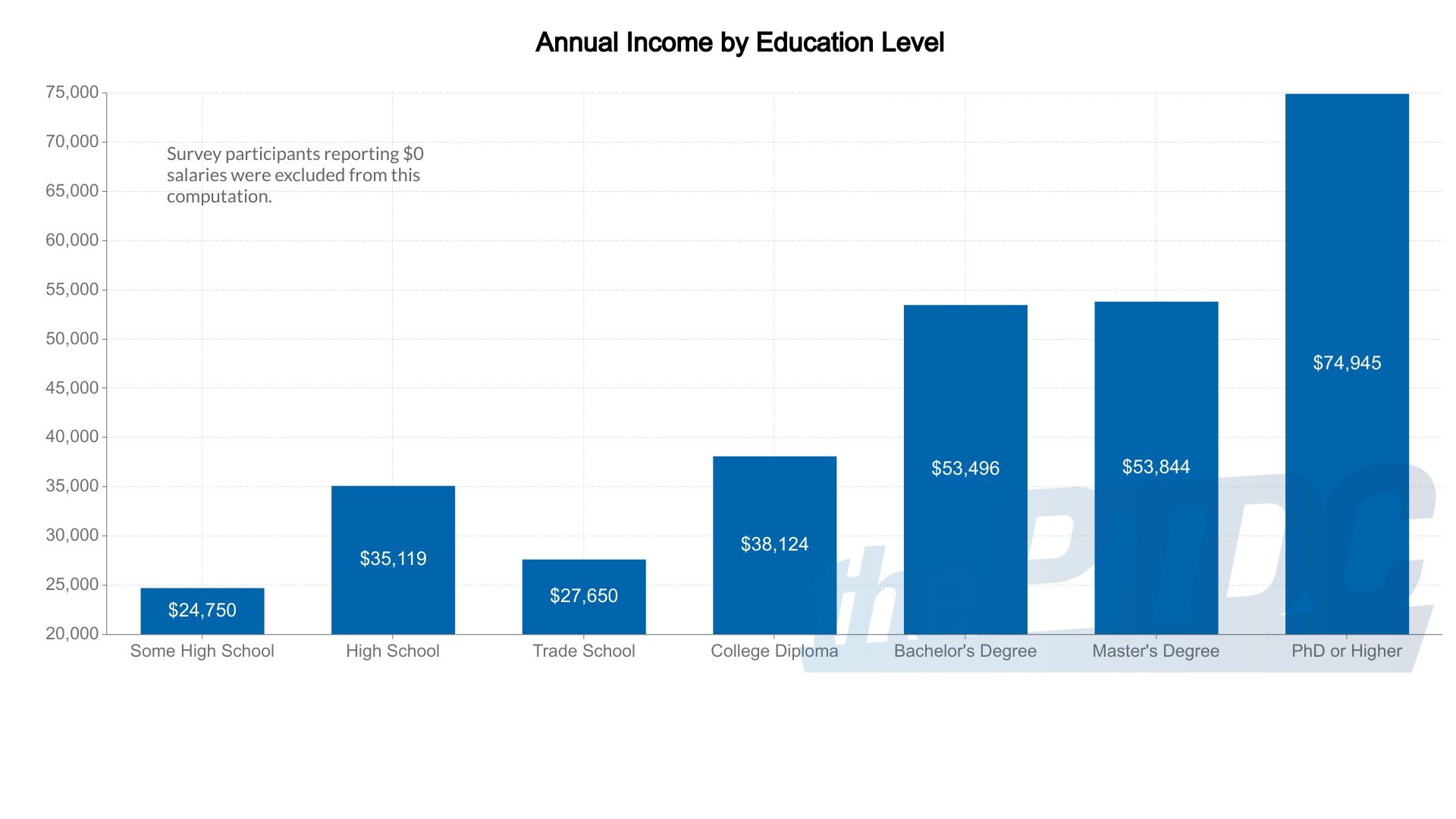
Yes, COVID hit the personal training world hard—but most have bounced back
During COVID, two-thirds of trainers were laid off, furloughed, or took a pay cut, but most seem to have recovered from the pandemic hit. Just 6% of respondents said their business is "much worse" than it was before COVID. Most respondents said that their business is either roughly the same or slightly better than it was before the pandemic.
Personal training and career satisfaction
When asked "how satisfied are you with coaching as a career path?" on a one to five scale, the average answer was 3.93. When asked the same question regarding job satisfaction, the average answer was 3.7. Online personal trainers are 10% more likely to be satisfied with coaching as a career path than traditional trainers.
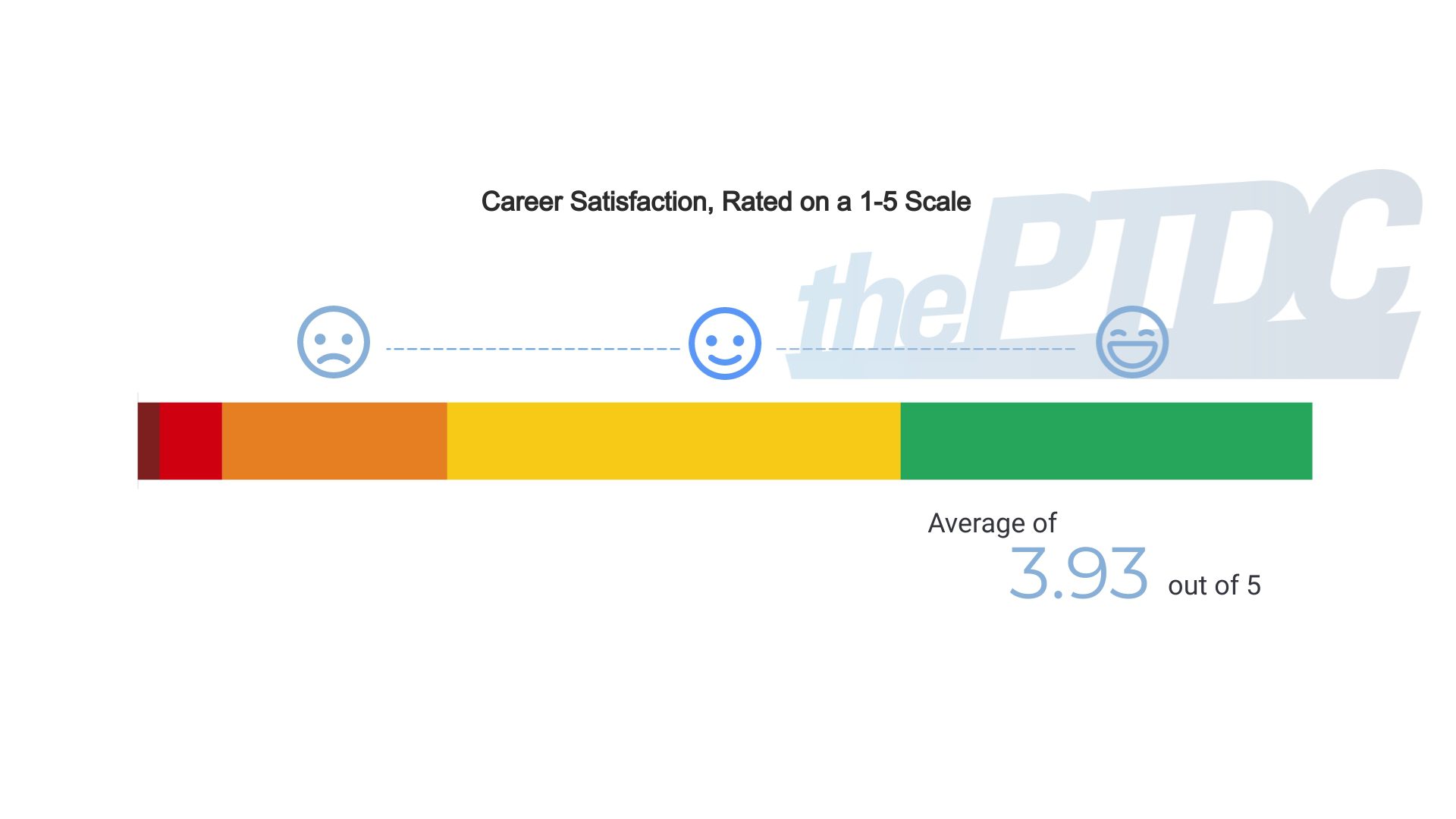
Money matters, but for most personal trainers, it isn't everything. Fulfilling or meaningful work ranked number one (42%) while flexibility/control over my schedule came in second (32%), with salary placing a distant third (9%).
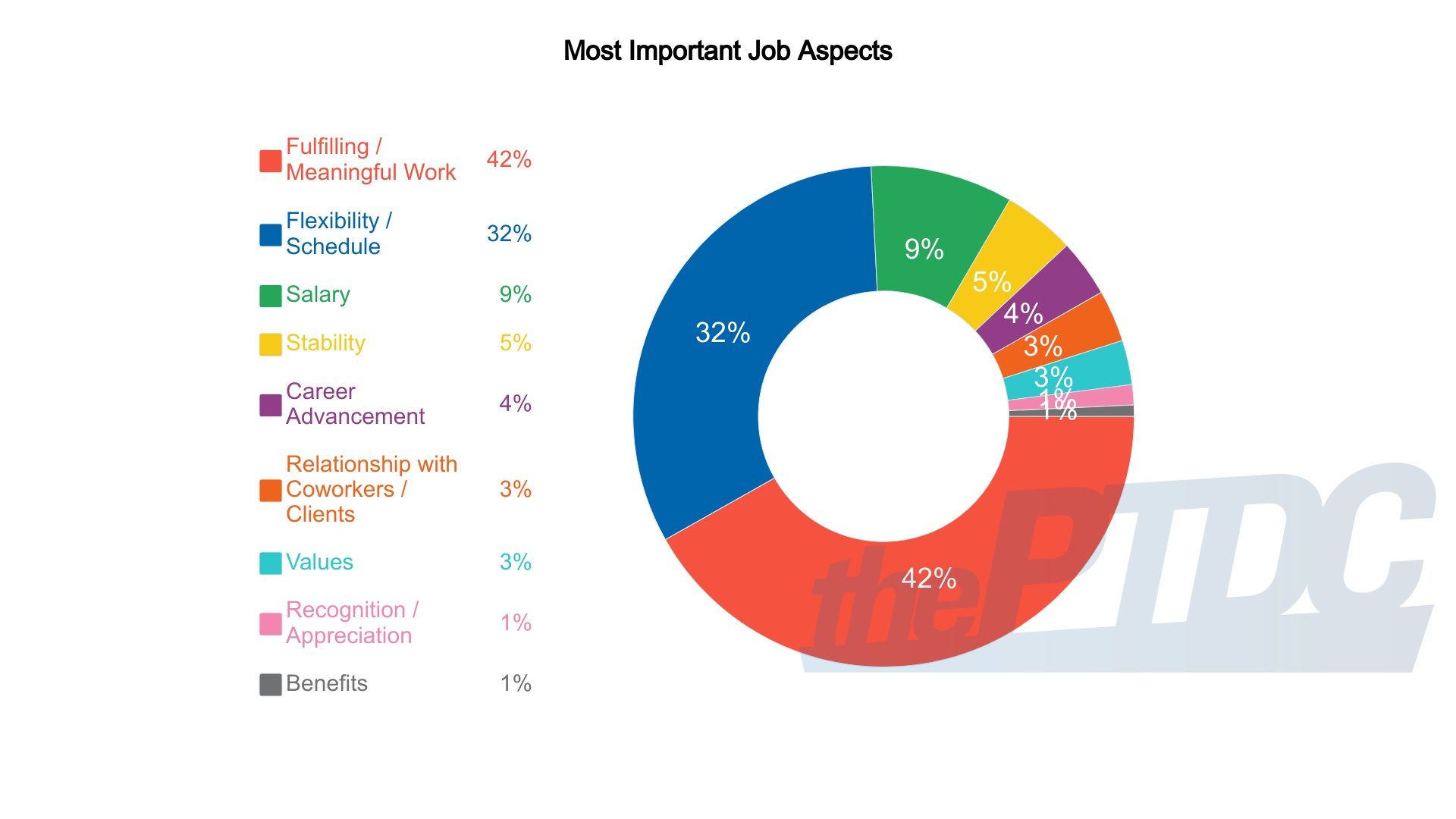
Diversity and equality in personal training
Around the world, women, on average, earn 68% of what men earn for substantially similar work. In the personal training world, the gap is even larger, with female personal trainers earning 66% of what male personal trainers make. Our male survey respondents reported an annual average income of $54,514, while our female respondents reported an average income of just $35,945.
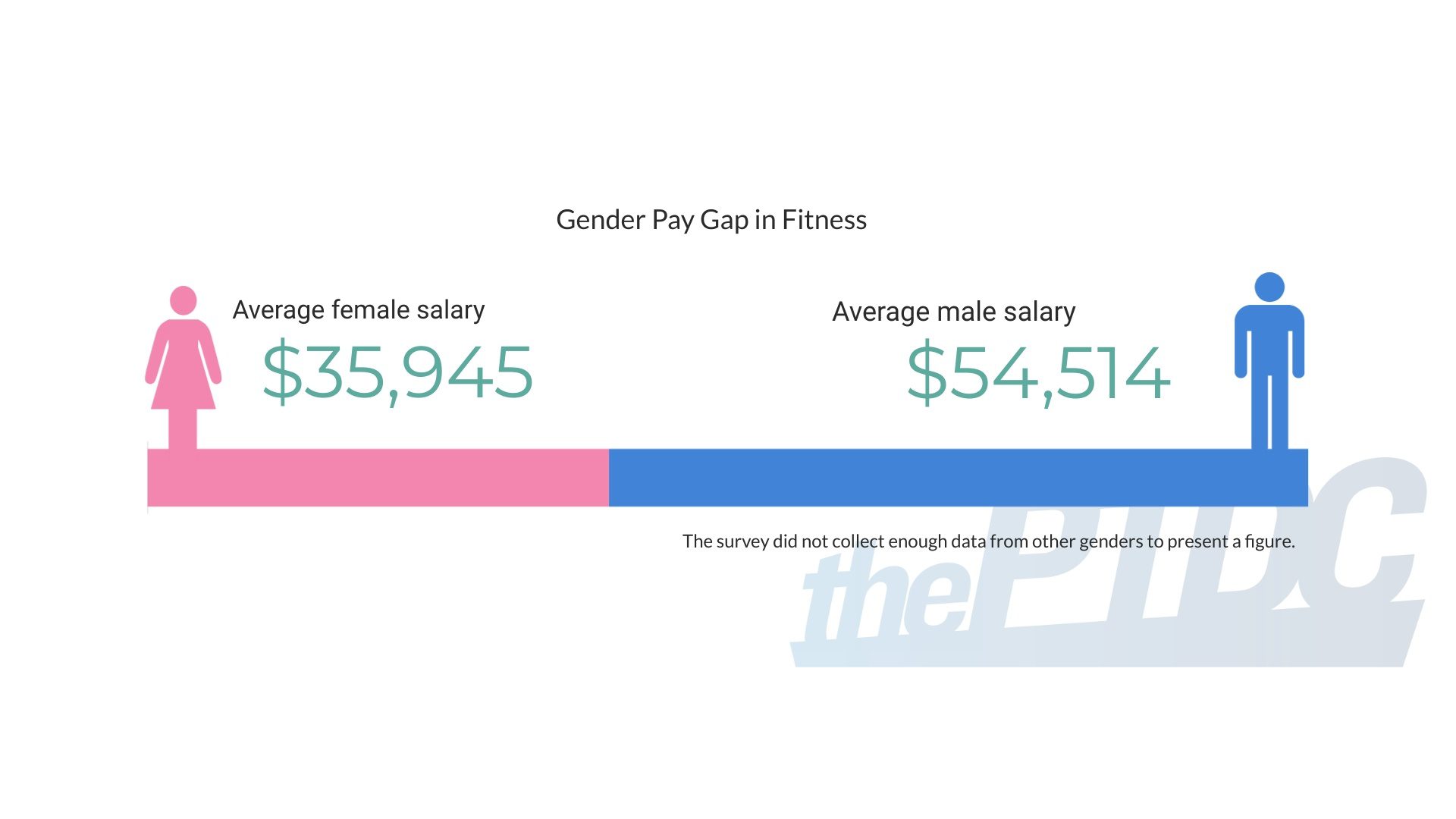
Ageism is also a major issue in the personal training community. Survey respondents in the 35-to-44-year-old age group earned more than any other group, with an average income of $62,198 per year. Respondents in the 55-to-64-year-old age group earned just $36,836 per year. Many older personal trainers have unique skillsets, including superior communication and motivational skills, that can help them connect with clients their age (and younger).
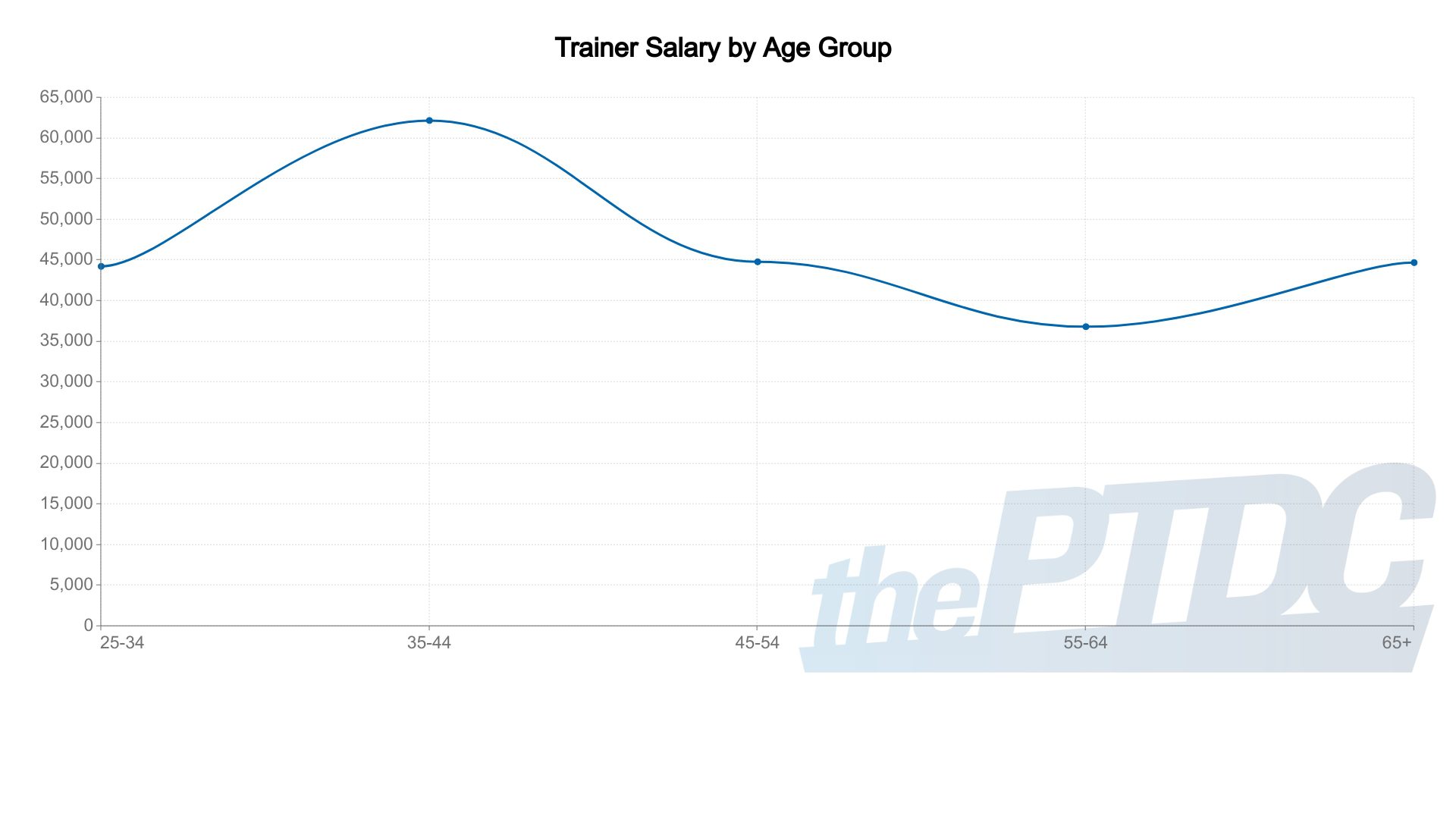
The fitness industry is notorious for being overwhelmingly white, and sadly, our survey showed that personal trainers of color are typically paid less. White survey respondents earned the most, at $51,470, followed by Asian trainers ($44,571), Latino trainers ($31,883), and Black trainers ($30,156). This problem may compound on itself—when people of color see few trainers and fitness instructors of color, they may feel less comfortable participating in training or classes, resulting in fewer people of color enjoying fitness and deciding to pursue personal training as a career path.
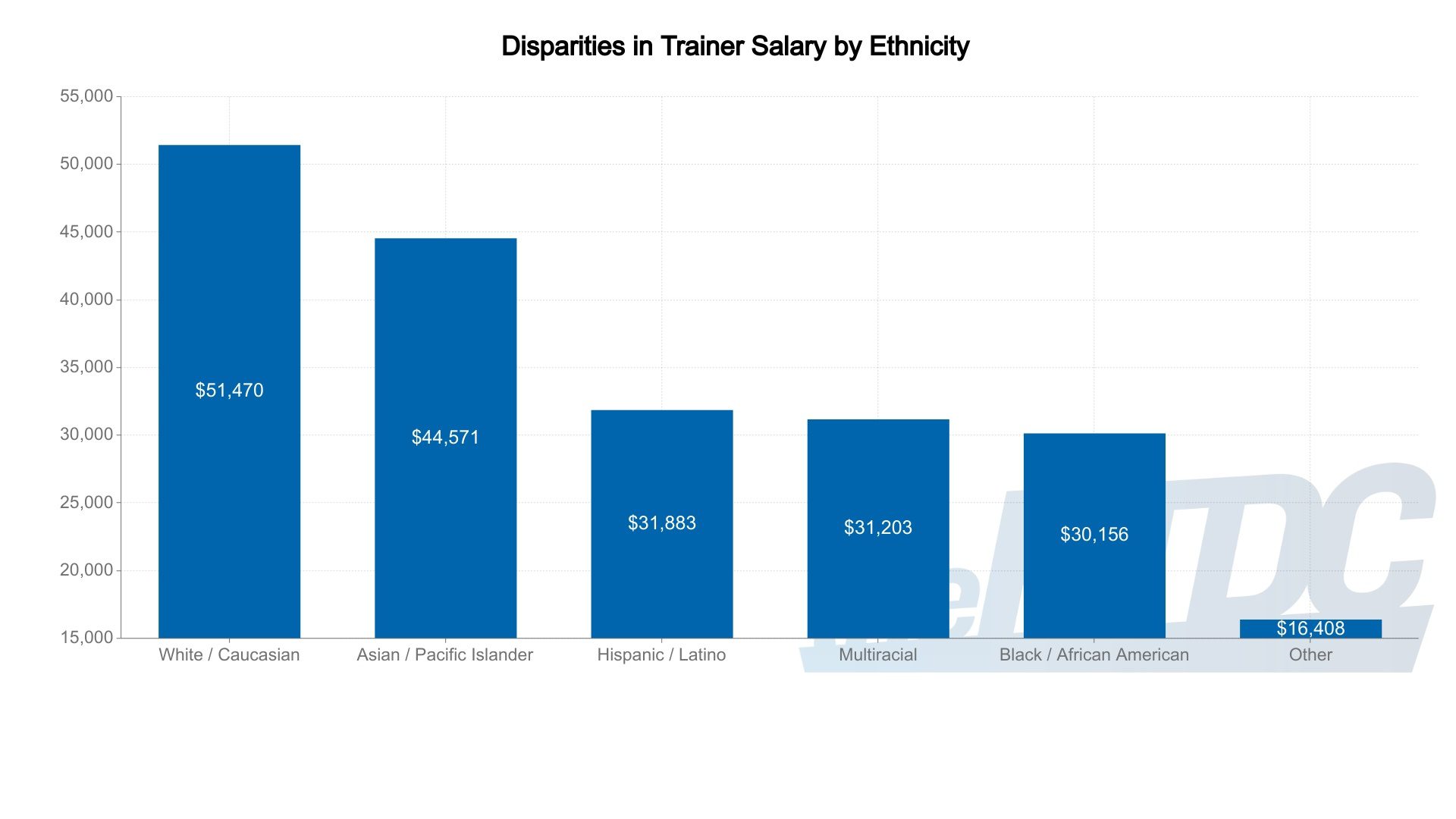
How personal trainers can increase their salaries in 2021—and beyond
A few takeaways for trainers who wish to improve their income:
- Now is the time to offer online services (if you haven't started yet). Whether you choose to go all-online or offer your clients a hybrid option, virtual training is here to stay.
- Consider getting a nutrition certification or work with a dietitian or nutritionist to offer your services as a package deal.
- If you're a new personal trainer, stick with it. Many trainers see a salary jump at the seven-year mark.
- Marketing yourself online isn't an intuitive skill. Invest in business and marketing education to learn how to craft your online presence.
The new normal is here—for good
Last year we said, “Welcome to the new normal”—this year shows that we were right. Clients know virtual training is legitimate, and they're ready to work with highly qualified trainers who can get them the results they want—at home.











